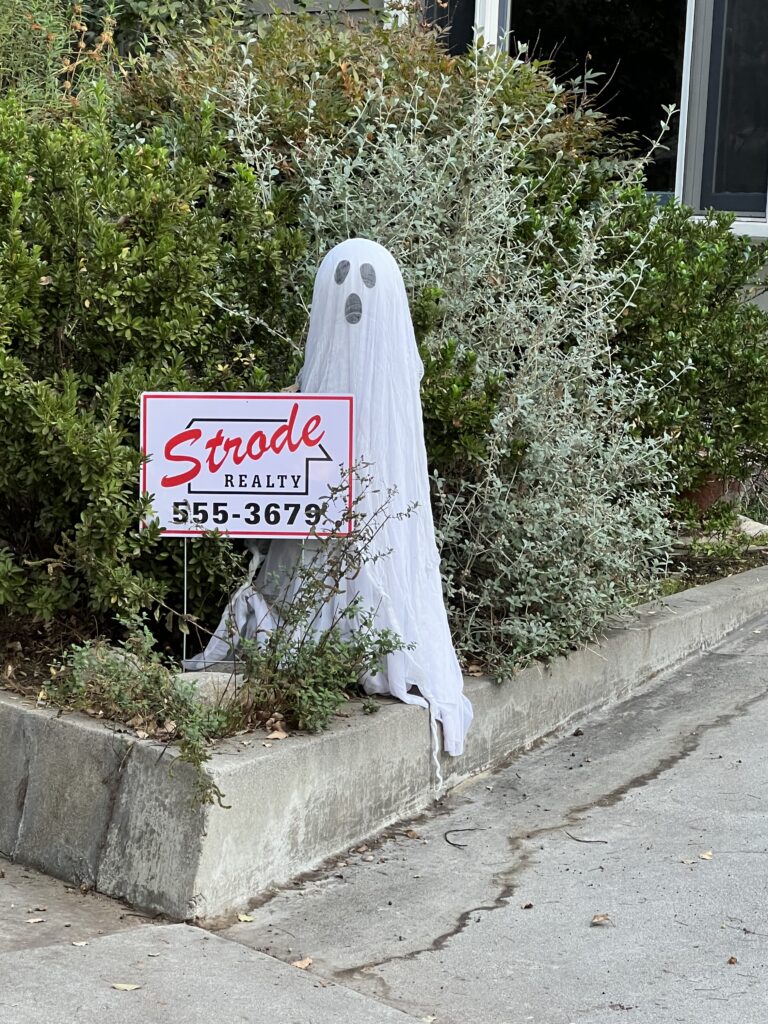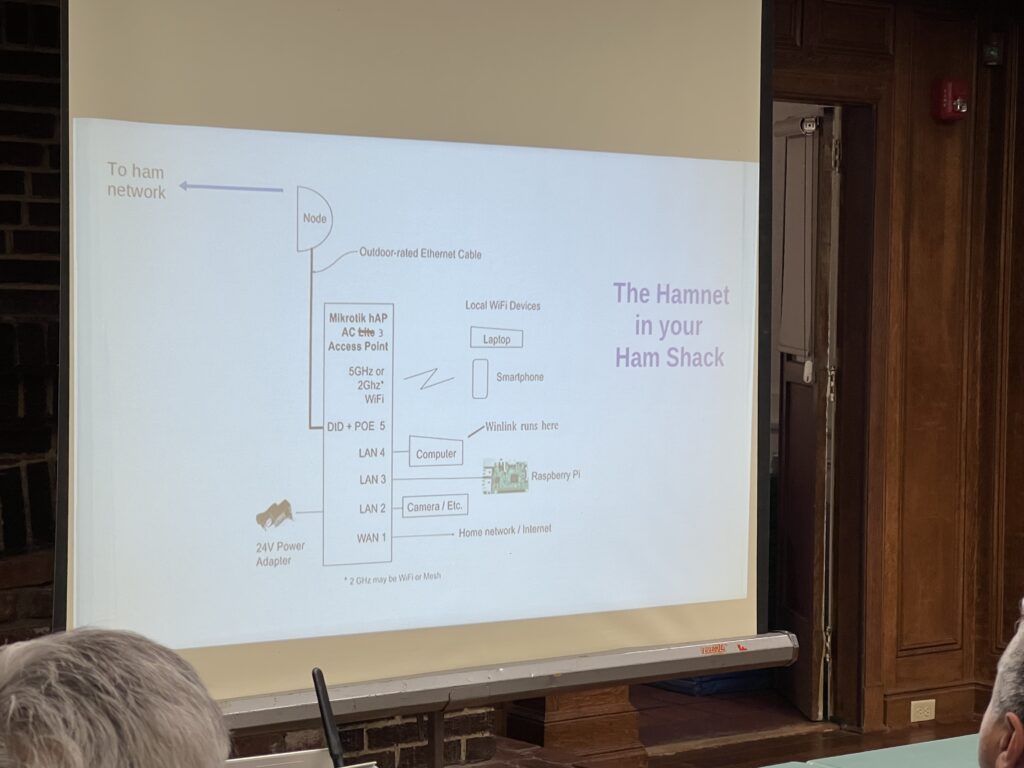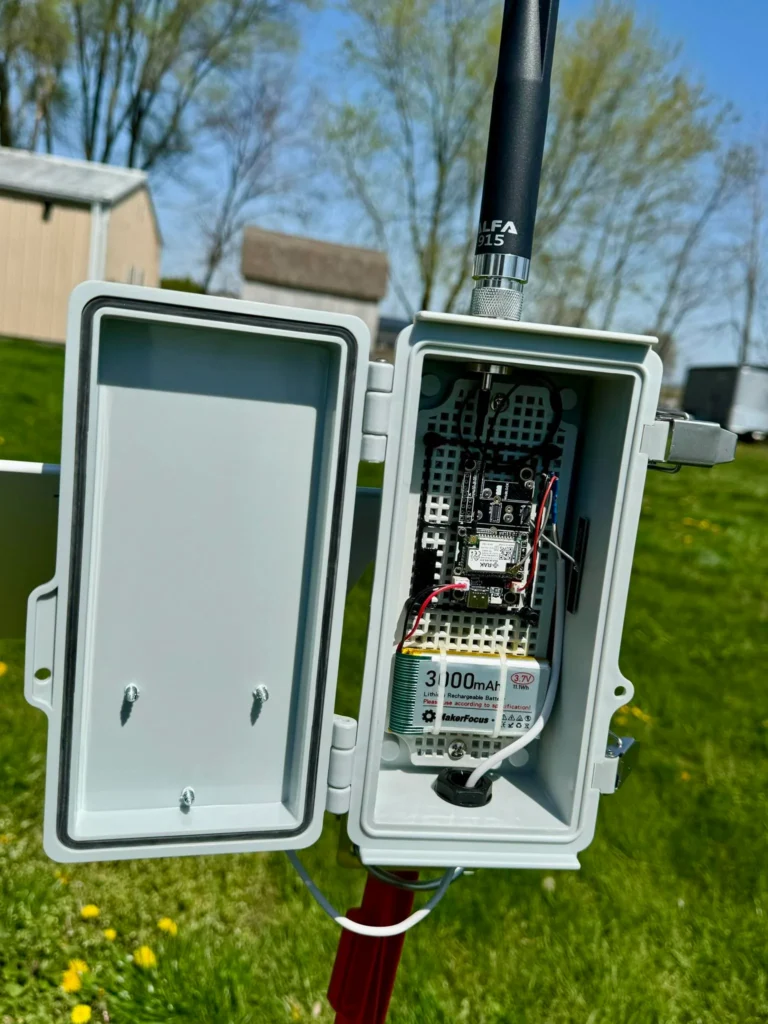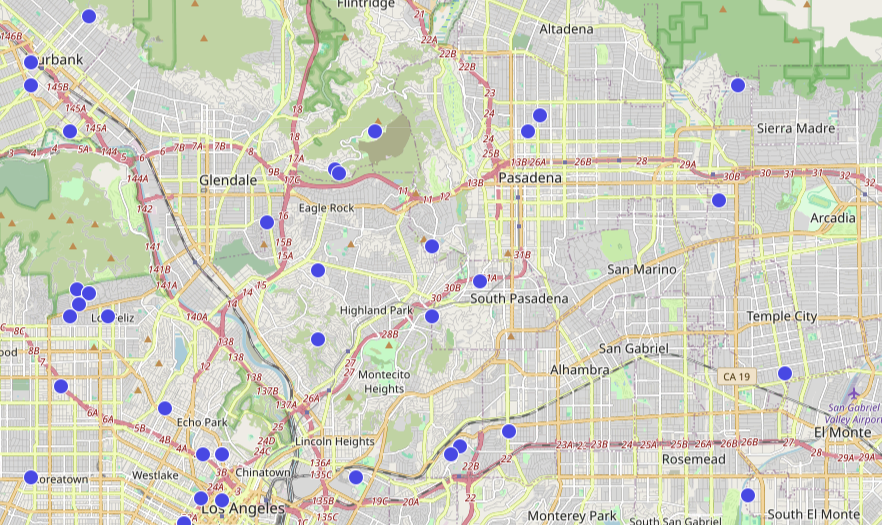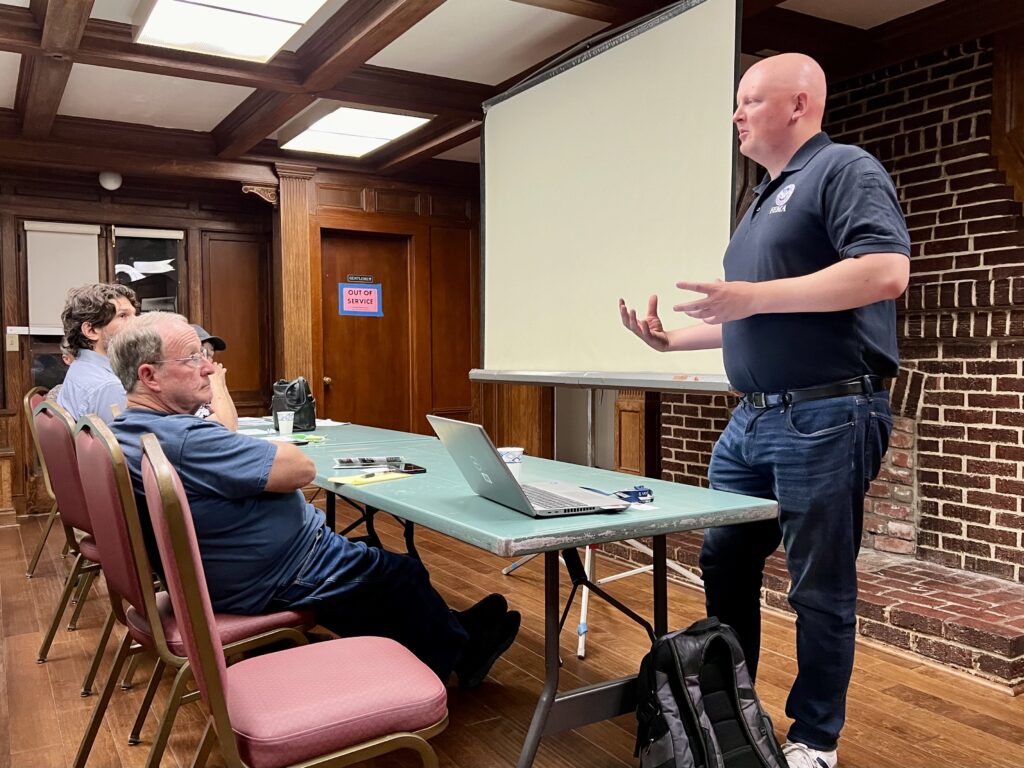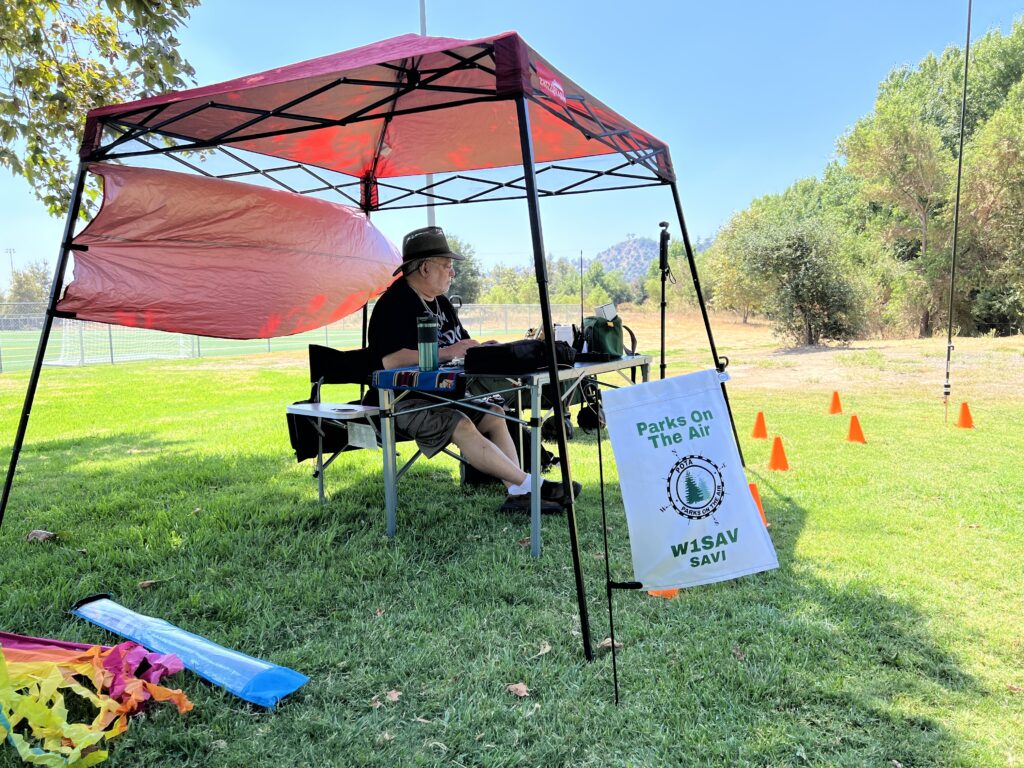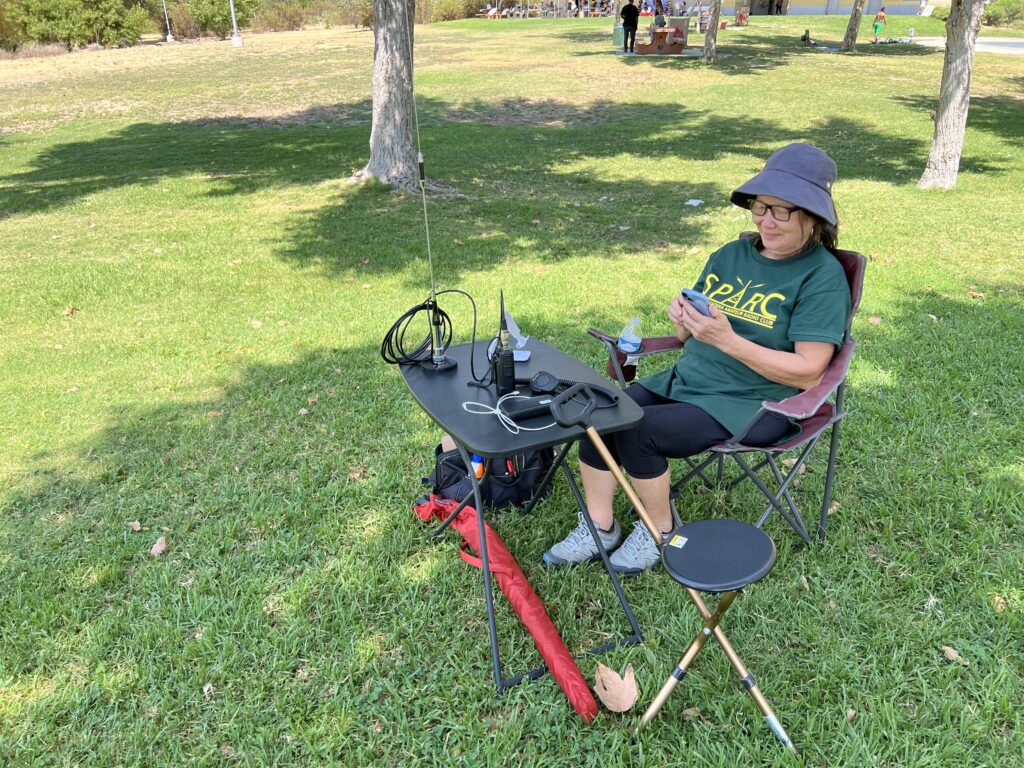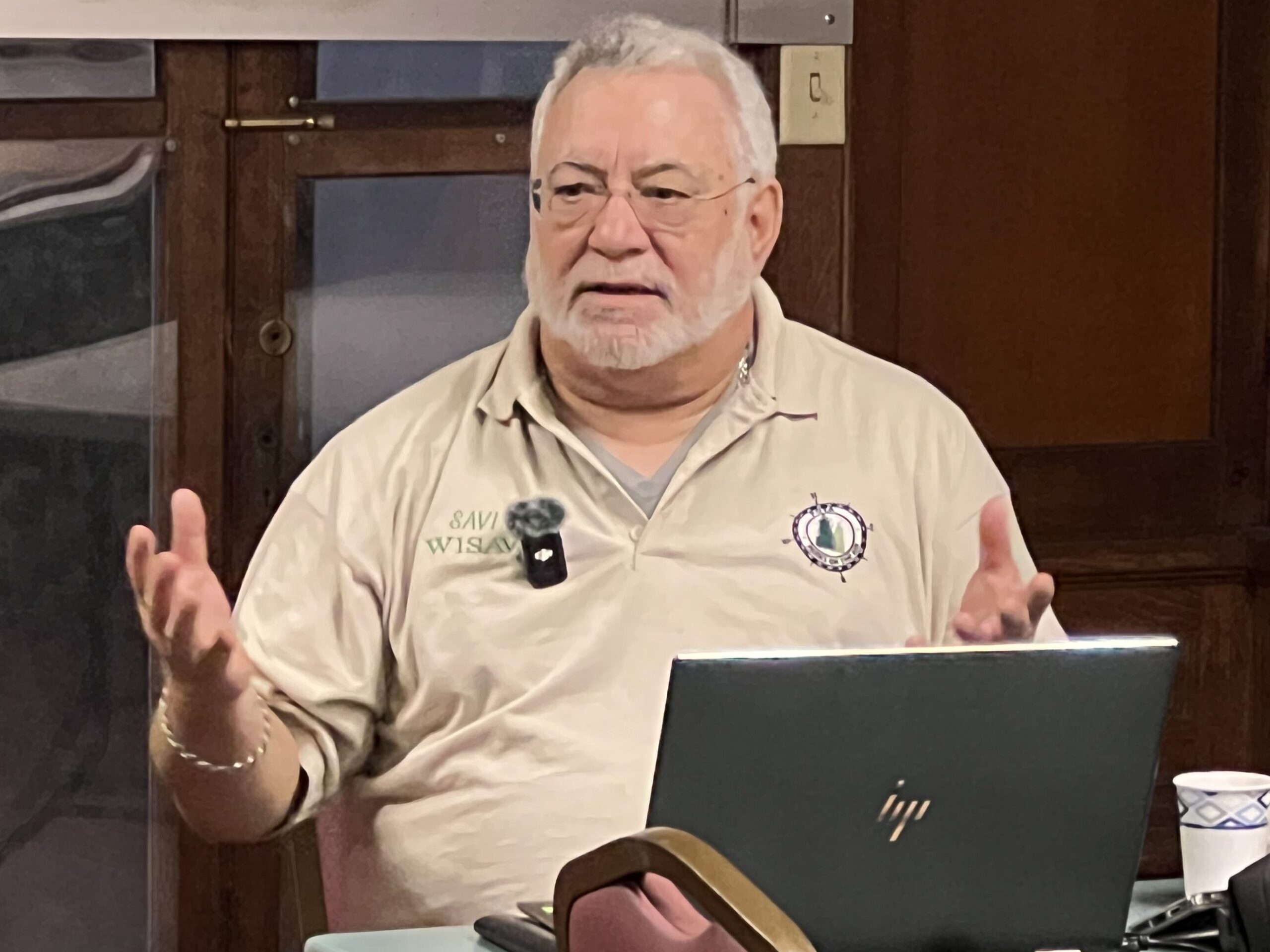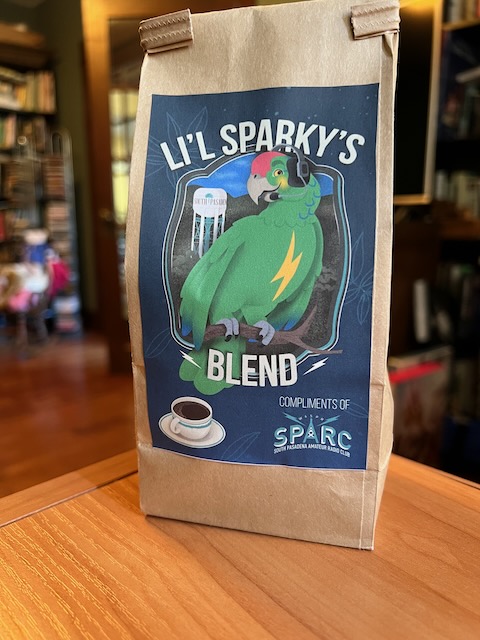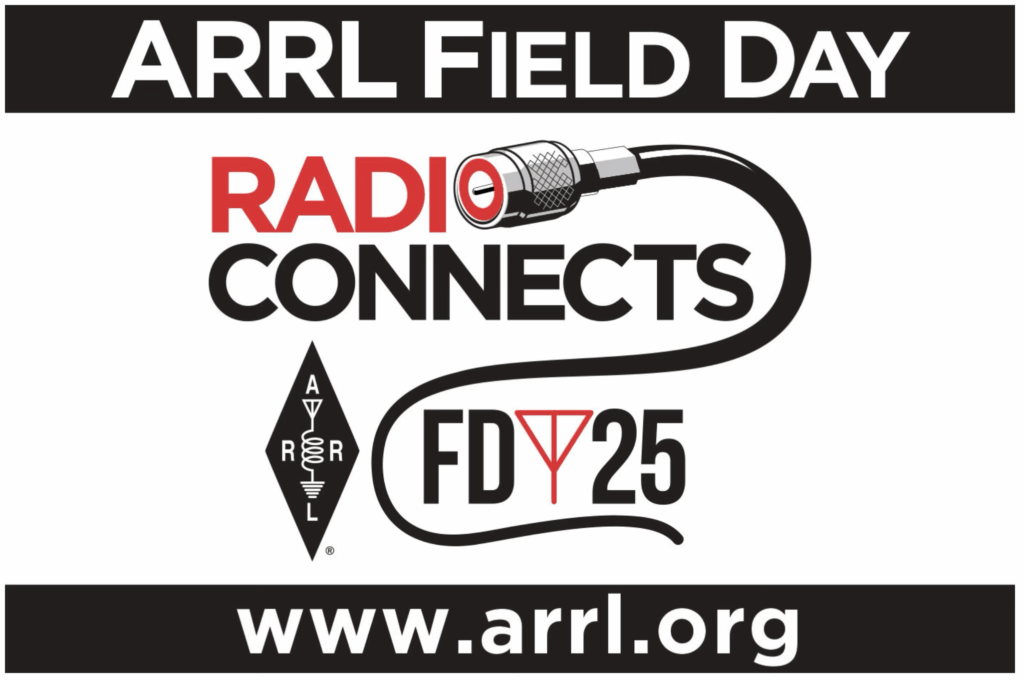
At our June monthly meeting, we reviewed plans for SPARC’s upcoming joint operation with the Pasadena Radio Club, JPL Amateur Radio Club, and the Caltech Amateur Radio Club for Field Day. This represents an expansion from last year’s Field Day and an attempt to recapture some of the scale from pre-Covid times. The details are:
Start: Saturday, June 28 at 11:00 a.m.
End: Sunday, June 29 at 10:59 a.m.
Location: ArtCenter College of Design, Hillside Campus, south parking lot
Enter at 1700 Lida St., Pasadena, CA 91103
What3Words location: help.rock.vouch
There will be a Get on the Air (GOTA) station operating from 1 p.m. to 5 p.m. on Saturday. Members of the public with no radio license are welcome to visit the station and get a taste of Field Day excitement for themselves.
We will operate under the special event call sign N6P, “November Six Papa,” as a class 4A station. The GOTA station will operate with SPARC’s call W6SPR, “Whiskey Six Sierra Papa Romeo.” Thanks to our Field Day coordinator Carol, KE6SRN for securing the special event call!
If you were unable to attend the meeting and would like to operate with us, please reach out through our contact form. If you are operating from home and would like to contribute your score to the aggregate club total, note that our group name will be “PRC/SPARC/JPLARC/CITARC” this year.
Click this link or the image below to download a copy ( 2 MB PDF) of this year’s Field Day presentation.

If you can’t be with us in person for Field Day, we hope to hear you on the air!















